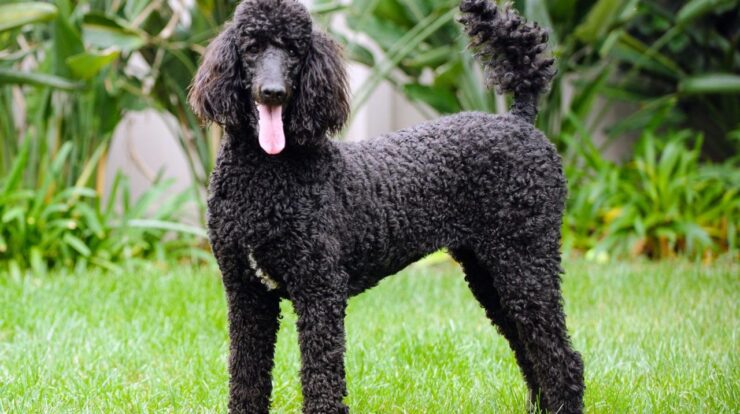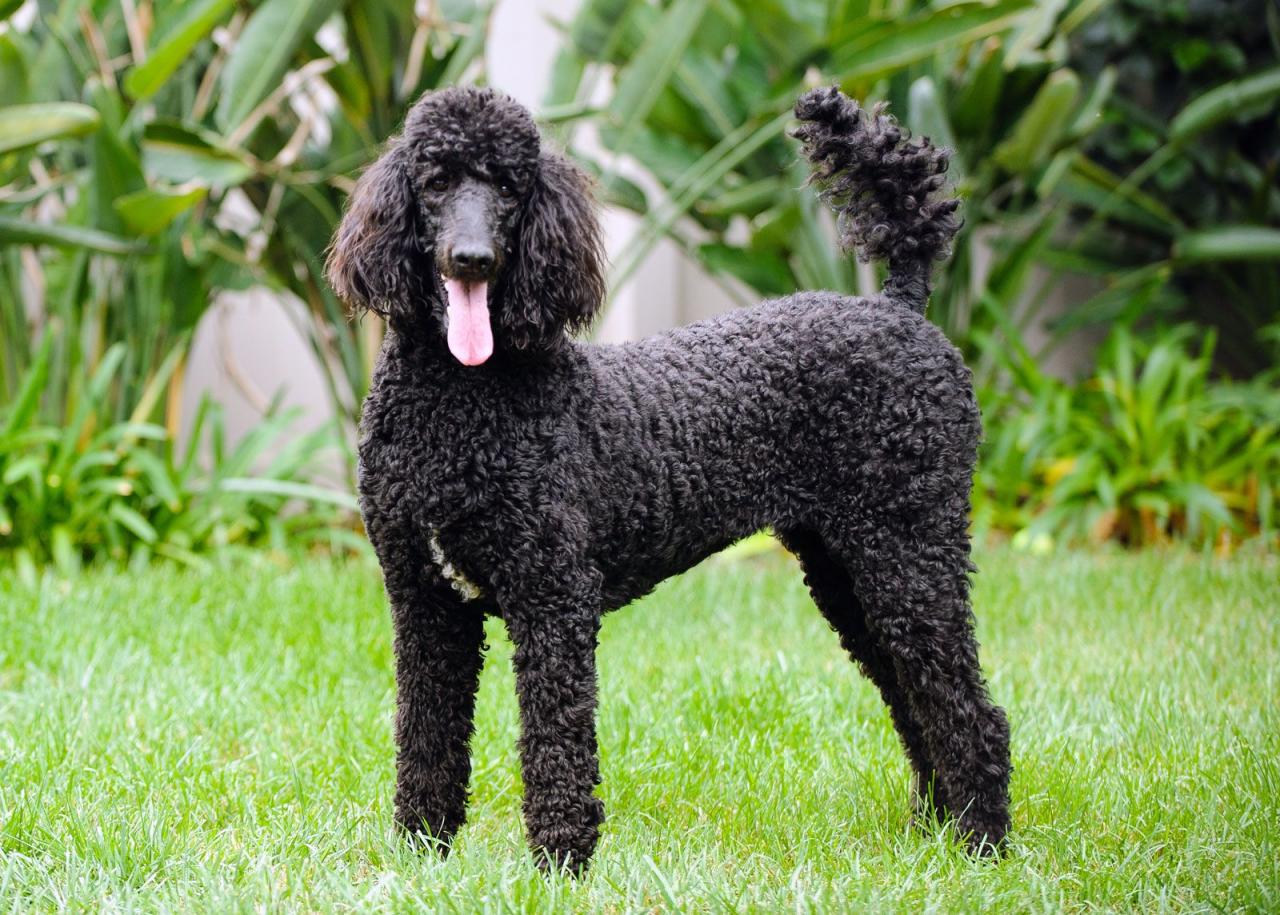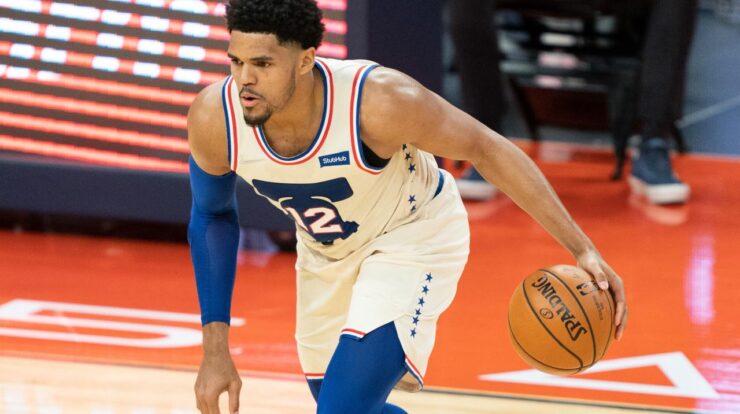
Unveiling the poodle meaning, this comprehensive guide delves into the historical roots, distinctive characteristics, and profound cultural significance of this iconic canine companion.
From their linguistic origins to their exceptional physical attributes, we unravel the multifaceted nature of poodles, exploring their intelligence, loyalty, and adaptability that have endeared them to countless hearts.
Origin and Etymology
The term “poodle” is believed to have originated from the German word “pudel,” which means “to splash in water.” This is likely due to the breed’s historical association with water retrieving.
Linguistically, the word “pudel” is thought to have evolved from the Low German term “puddeln,” which means “to splash or stir.” This suggests that poodles were initially named for their ability to retrieve objects from water.
Physical Characteristics
Poodles are known for their distinctive physical traits, including their curly or corded coat, athletic build, and size variations.
- Coat Texture:Poodles have a unique double coat that consists of a dense, curly undercoat and a coarse, curly outer coat. This combination provides excellent insulation and water resistance.
- Size Variations:Poodles come in three recognized sizes: Toy, Miniature, and Standard. Toy poodles stand under 10 inches tall, Miniature poodles range from 10 to 15 inches, and Standard poodles are over 15 inches tall.
- Color Variations:Poodles come in a variety of colors, including black, white, apricot, silver, and blue.
Poodles are also known for their distinctive haircuts, which have evolved over time. The most common poodle haircuts include the Continental Clip, the English Saddle Clip, and the Puppy Cut.
Temperament and Personality
Poodles are known for their intelligence, loyalty, and adaptability.
- Intelligence:Poodles are consistently ranked among the most intelligent dog breeds. They are highly trainable and eager to please, making them excellent candidates for obedience and agility training.
- Loyalty:Poodles are deeply devoted to their owners and families. They are known for their affectionate nature and strong protective instincts.
- Adaptability:Poodles are highly adaptable and can thrive in a variety of environments. They are comfortable in both urban and rural settings and can adjust to different living situations.
These personality traits make poodles suitable for various roles, including companions, therapy dogs, and performance animals.
Health and Care: Poodle Meaning
Poodles generally enjoy good health and have a lifespan of 10 to 15 years.
However, like all breeds, they are prone to certain health concerns, such as:
- Hip Dysplasia:A condition where the hip joint does not develop properly, leading to pain and lameness.
- Addison’s Disease:A condition where the adrenal glands do not produce enough hormones.
- Bloat:A life-threatening condition where the stomach fills with gas and twists.
Regular veterinary checkups and preventive care are essential for maintaining the health and well-being of poodles.
Proper grooming, nutrition, and exercise are also important aspects of poodle care.
- Grooming:Poodles require regular brushing and trimming to maintain their coat health. Bathing should be done every 1 to 2 weeks.
- Nutrition:Poodles should be fed a high-quality diet that is appropriate for their age, size, and activity level.
- Exercise:Poodles are active dogs and require daily exercise. They enjoy walks, runs, and swimming.
Training and Activities
Early socialization and training are essential for poodles.
Obedience training can help poodles learn basic commands and good manners.
Poodles are also well-suited for a variety of activities, including:
- Agility:A sport that tests a dog’s speed, agility, and jumping ability.
- Swimming:Poodles love to swim and are natural water retrievers.
- Scent Work:A sport that tests a dog’s ability to follow a scent.
These activities provide mental and physical stimulation for poodles and can help strengthen the bond between dog and owner.
History and Cultural Significance
Poodles have a long and rich history, dating back to the 15th century.
They were originally bred in Germany as water retrievers, but over time they became popular companions for the aristocracy.
Poodles have been featured in art, literature, and popular culture for centuries.
- Art:Poodles have been depicted in paintings by famous artists such as Rembrandt and Goya.
- Literature:Poodles have been mentioned in works by authors such as Shakespeare and Mark Twain.
- Popular Culture:Poodles have been featured in movies, television shows, and commercials.
In different cultures, poodles have been perceived in different ways.
In some cultures, they are seen as symbols of elegance and sophistication.
In other cultures, they are seen as playful and comical dogs.
Closure

Through their presence in art, literature, and popular culture, poodles have left an enduring mark on human history. Their versatility as companions, therapy dogs, and performance animals showcases their remarkable adaptability and unwavering devotion.
FAQ Compilation
What is the origin of the term “poodle”?
The term “poodle” is derived from the German word “pudel,” which means “to splash in water,” reflecting the breed’s affinity for aquatic activities.
What are the different types of poodle haircuts?
Poodles are known for their distinctive haircuts, including the classic “lion cut,” the elegant “continental cut,” and the sporty “puppy cut.”
Are poodles good family dogs?
Yes, poodles are excellent family dogs due to their intelligence, loyalty, and affectionate nature. They are also hypoallergenic, making them suitable for individuals with allergies.





